Vincent Tantardini
New Member
Hi everyone,
I’ve just published my first blog article and hope it might be useful for anyone curious about what’s being made in the film world right now. There’s a lot of talk about film photography growing, but it can be hard to know which cameras are truly new builds and not refurbished or vintage stock.
I went through every manufacturer still producing film cameras in 2025, from 35mm point-and-shoots and autofocus compacts to 4×5 field cameras, panoramic systems, ultra-large format, and even a few high-end rangefinders. The goal was simple: make a clear, up-to-date list of cameras you can buy brand new today, how they’re built, and who they’re for.
If that sounds interesting, you can read the full article here: Best New Film Cameras in 2025: What You Can Actually Buy.
Happy to answer questions or hear what you’re all shooting with these days.
Vincent
I’ve just published my first blog article and hope it might be useful for anyone curious about what’s being made in the film world right now. There’s a lot of talk about film photography growing, but it can be hard to know which cameras are truly new builds and not refurbished or vintage stock.
I went through every manufacturer still producing film cameras in 2025, from 35mm point-and-shoots and autofocus compacts to 4×5 field cameras, panoramic systems, ultra-large format, and even a few high-end rangefinders. The goal was simple: make a clear, up-to-date list of cameras you can buy brand new today, how they’re built, and who they’re for.
If that sounds interesting, you can read the full article here: Best New Film Cameras in 2025: What You Can Actually Buy.
Happy to answer questions or hear what you’re all shooting with these days.
Vincent
